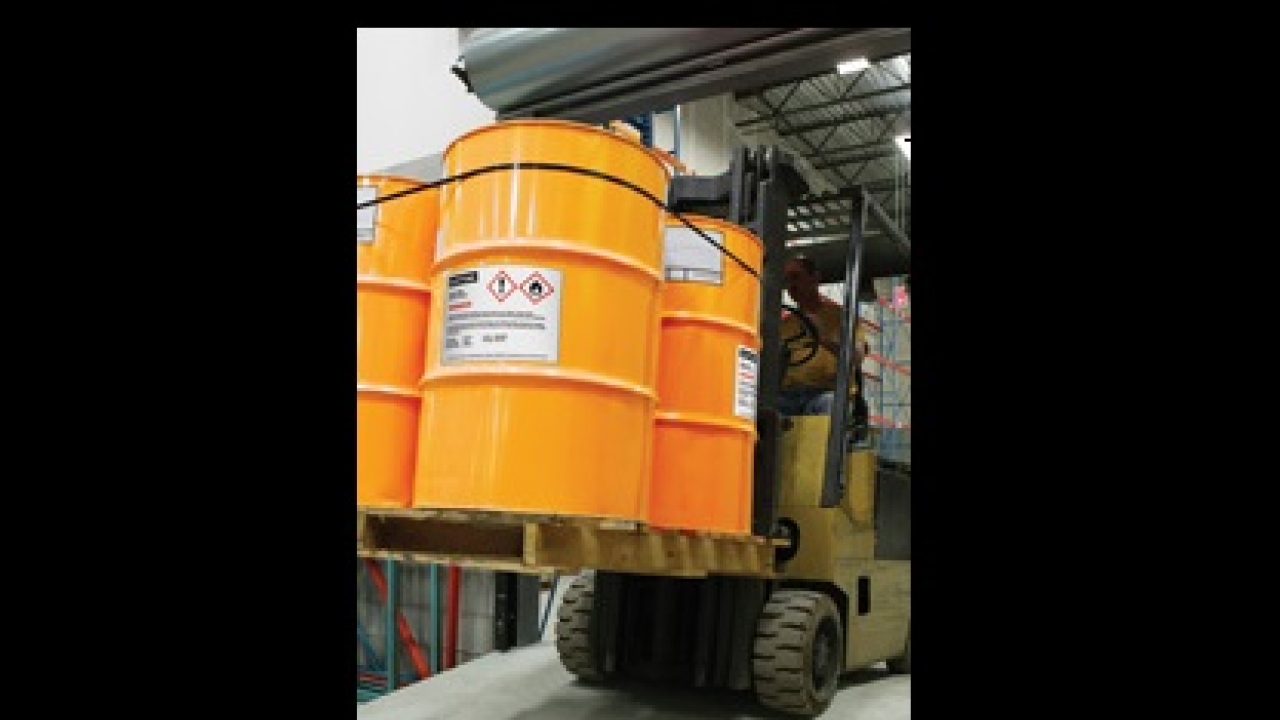FLEXcon expands chemical label portfolio
FLEXcon has expanded its range of DRUMcal pressure-sensitive films to comply with the globally harmonized system (GHS) of classification and labeling of chemicals.

FLEXcon has introduced DRUMcal 51932 Polypropylene, a 2.3mm white, topcoated, thermal transfer printable, polypropylene product. It uses a general purpose permanent adhesive backed with a 50lb kraft post-consumer waste liner, and offers one-year outdoor durability. It is also BS 5609 pending,
The topcoat optimizes printability with thermal transfer resin, FLEXcon said, as well as UV inkjet, flexographic, rotary screen and rotary letterpress inks and hot stamping.
Developed by the United Nations as a way to bring into agreement the chemical regulations and standards of different countries, GHS is an international approach to hazard communication, providing standardized criteria for the classification of chemical hazards, as well as a standardized approach to label elements and safety data sheets.
GHS requires that – by the end of 2014 – US manufacturers and end users include specific information on all primary and secondary container labels, including product identifiers, signal words, hazard statements and supplier identification.
DRUMcal products are intended for labeling steel, plastic and fiber drums and pails.
FLEXcon said there is a growing demand to be able to print variable data on such labels using thermal transfer technology from refineries and chemical plants, which DRUMcal 51932 Polypropylene satisfies.
‘The transition to GHS communications standards is a significant task that will require chemical manufacturers to re-document and re-label all chemical products by the deadline date,’ said John Bennett, vice-president of FLEXcon.
‘Chemical manufacturers are finding it easier and more cost-effective to print GHS labels in-house as part of their packaging process. Our tried and true polyesters and vinyls are available where laser printability is preferred or durability beyond one year is needed. In addition, polyester offers superior chemical resistance and may be better suited where caustic chemicals are concerned.’
Stay up to date
Subscribe to the free Label News newsletter and receive the latest content every week. We'll never share your email address.

